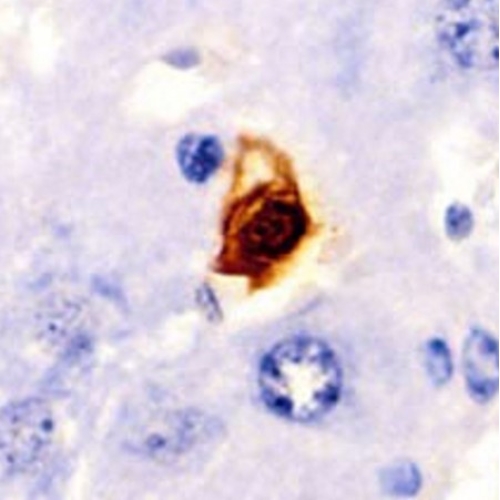A new experiment was recently conducted to establish the correlation between a BDNF-Trkb autocrine pathway and senescent cell viability.
Senescence is the process of ageing of cells and the associated changes in it. Our cells also grow old individually just like us. This process is characterised by several traits, including morphological changes, indefinite growth arrest, resistance to apoptosis or programmed cell death and metabolic reprogramming in cells. Senescence at cellular level inherently is neither a good thing or a bad thing as it has evolved in living organisms as a complex pathway over millions of years of evolution. This pathway has been identified as beneficial for many critical processes such as tissue repair, embryonic development, and tumour suppression. However, it has been observed that with progressing age, senescent cells start accumulating uncontrollably within organs, which can lead to tissue dysfunction. This is turn ends up exacerbating a range of aging-related physiologic declines and diseases. A number of studies targeted at removal of senescent cells from mouse models have shown promising results in improving several age related diseases. Hence a lot of research is being done to identify pathways used by senescent cells to exploit them to our advantage. The new study we are discussing has shown a lot of promise in that regard.
One of the most prominent features of senescent cells responsible for their unique nature is the senescence-associated secretory phenotype (SASP), a trait defined as the active secretion of pro-inflammatory factors and matrix-remodeling enzymes. To put it simply, SASP is a harmful trait in the overall goal of longevity. An important receptor to enable this phenotype are Tropomyosin receptor kinaseB or Trkb (pronounced as track bee). Trkb are in turn activated by Brain derived neurotrophic factor or BDNF. It has been found that cells which have become senescent release BDNF. This BDNF activates Trk receptors. Among them the TrkB receptor is primarily responsible for enhancing the viability of senescent cells. This is known as an autocrine pathway as the cell itself is secreting the chemical messenger BDNF, that binds to autocrine receptors TrkB on the same cell, leading to changes in the cell.
Finally, in light of evidence that inhibiting this regulatory paradigm reduces the senescent cell burden in mouse tissues, the study proposed that suppressing the signaling through TrkB and BDNF can be exploited to eliminate senescent cells for therapeutic benefit.
Inhibitors of Trk receptors: Potential senolytic drugs
For the experiment, a test sample of senescent cells and a control of normal proliferating cells were taken. Both of them were subjected to various drugs which are known to have Trk receptor inhibitor properties. Following exposure to these drug libraries for fixed duration, percentage of senolysis or cell death was measured. It was found that drugs which specifically had TrkB inhibitor properties showed senolysis, indicating that TrkB inhibitors have potential senolytic effects.
Further, viability curves were obtained after testing a range of concentrations of Trk inhibitor drugs. It was found that pharmacological inhibition of TrkB selectively induces apoptotic death of senescent cells. Apoptosis is an orchestrated method by which body gets rid of unneeded or abnormal cells. It is a fascinating and effective way of clearing out senescent cells.
Elevated Trkb levels affect on apoptosis
Western blot analysis of immunofluorescence micrographs was performed to evaluate the effect of elevated Trkb levels on apoptosis. It was found that high levels of Trkb in senescent cells promotes resistance to programmed death of these cells.
Possibilities
Strategies to remove detrimental senescent cells from tissues and organs, particularly for the treatment of chronic age-related diseases is a key focus area in clinical research nowadays. The discovery that Trk inhibitors selectively reduced senescent cell viability led to this proposal of previously unrecognized role for TrkB in supporting the survival of senescent cells. This can have immense scope in furthering the end goal of delaying and eventually solving the problem of ageing.
Challenges
A major challenge that has to be overcome before the BDNF-TrkB pathway can be used therapeutically is the fact that BDNF-TrkB activity is required to maintain a fully functional nervous system. We have to ensure that inhibiting this pathway does not have adverse effects on our central nervous system. Nevertheless, therapeutic utilisation of BDNF-TrkB pathway shows a lot of promise in lowering senescent cells in older organs.
References:
1. Myriam Gorospe (National Institutes of Health) et al; "A BDNF-TrkB autocrine loop enhances senescent cell viability" Nature Communications; 20/Oct/2022. DOI: 10.1038/s41467-022-33709-8





